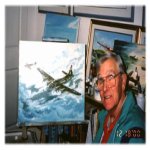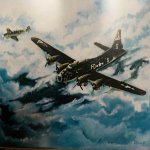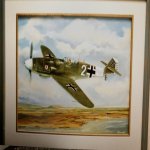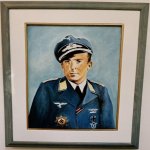Biljana Vrhovac, a 20-year-old Bosnian Serb, lies in agony in Sarajevo
after a Serb mortar attack on July 20, 1992. Her father and dog were both killed.
As you pour yourself a scotch,
crush a roach, or scratch your crotch,
as your hand adjusts your tie,
people die.
In the towns with funny names,
hit by bullets, caught in flames,
by and large not knowing why,
people die.
In small places you don't know
of, yet big for having no
chance to scream or say good-bye,
people die.
People die as you elect
brand-new dudes who preach neglect,
self-restraint, etc. –whereby
people die.
Too far off to practice love
for thy neighbor/brother Slav,
where your cherubs dread to fly,
people die.
While the statues disagree,
Cain's version, history
for its fuel tends to buy
those who die.
As you watch the athletes score,
check your latest statement, or
sing your child a lullaby,
people die.
Time, whose sharp bloodthirsty quill
parts the killed from those who kill,
will pronounce the latter band
as your brand.
Joseph Brodsky






























































































